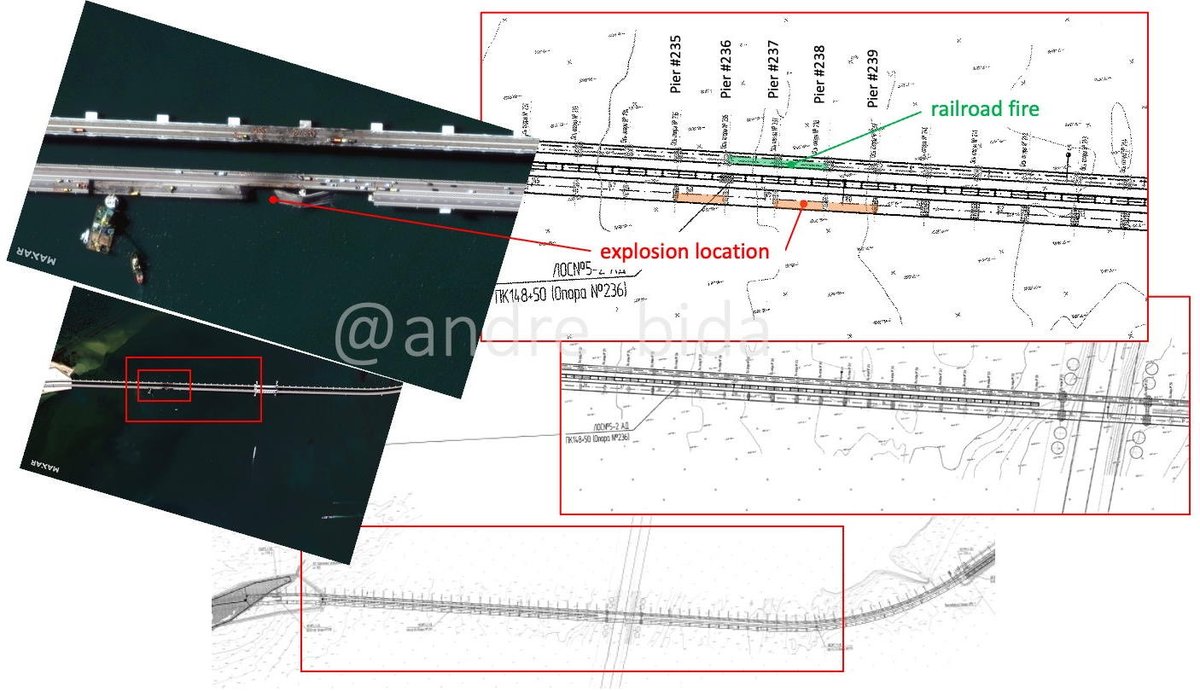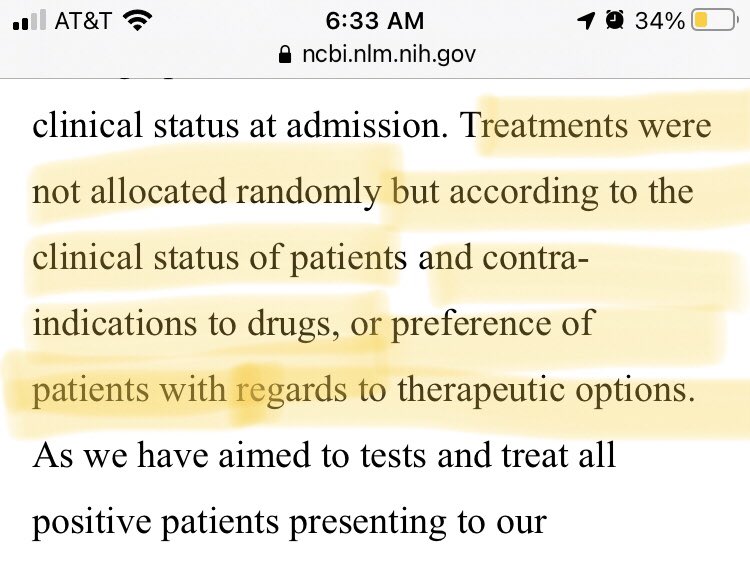
1. Crimea Bridge explosion occurred 1 week ago.
It will disrupt dramatically Russian invasion logistics through their main and safest route. Follow a longer 🧶 to evaluate the damage at Crimea Bridge, from a failure analysis engineering perspective.
#CrimeaBridge
#Engineering
It will disrupt dramatically Russian invasion logistics through their main and safest route. Follow a longer 🧶 to evaluate the damage at Crimea Bridge, from a failure analysis engineering perspective.
#CrimeaBridge
#Engineering

2. How long repairs will take? That's the key question.
In order to try to answer is necessary understand, considering the bridge design and construction aspects, damage details, evaluate possible structural damages, in order to access how complex such repair will be.
In order to try to answer is necessary understand, considering the bridge design and construction aspects, damage details, evaluate possible structural damages, in order to access how complex such repair will be.
(The event) The explosion occurred at automotive bridge towards Crimea, by a detonation between piers 237 and 238. The bridge girder collapsed. Other girders fall from its piers, some damage to bridge towards Russia occurred and a fire in a close train fuel cars was ignited. 

4. (Causes) Explosion hypothesis:
(1) explosives in a truck or VBIED,
(2) a ballistic missile,
(3) an attack from sea with a drone vessel and
(4) a submersible drone.
All physical evidences support a detonation above the bridge, and not below.
(1) explosives in a truck or VBIED,
(2) a ballistic missile,
(3) an attack from sea with a drone vessel and
(4) a submersible drone.
All physical evidences support a detonation above the bridge, and not below.
5. Basically, there is no physical evidence which sustains any detonation below the bridge. For more details about cause hypothesis, please check @OAlexanderDK analysis, which is very consistent.

https://twitter.com/oalexanderdk/status/1580675848025219072?s=21&t=jShjb2UaRjS72rPAWYyFwg

6. There are experts which defended the ballistic missile theory, like @ChuckPfarrer. But at same time the rupture in the bridge center is consistent with missile impact, the energy of detonation is not consistent to any energy estimative, more in this 🧵
https://twitter.com/ChuckPfarrer/status/1580358773570301952?s=20&t=INZ2opS6MrH-EfZxL-QT8w
7. Regarding the truck source, @ChrisO_wiki made a long tread about the truck and its load transit, from Odessa to Crimea Bridge, based on Russian media, with a lot of evidences of its trail.
https://twitter.com/chriso_wiki/status/1580303771208339456?s=21&t=0TiFI3aXjog4nc2TJo71xg
8. Recent evidences reinforce truck explosion hypothesis, like the identification of the truck front axle, stuck 100m from detonation location into the girder side of pier 239, close to external bearing support.
https://twitter.com/oalexanderdk/status/1580297823102193664?s=21&t=xWLbXKS-Bvd-VlYomM-j4Q
(Failure Analysis) In order to evaluate the damages, it is necessary understand the sequence of events, and how much bridge elements were affected, mainly girders, piers and bearing caps. The events sequence was well explained at this @andrew_barr tweet
https://twitter.com/andrew_barr/status/1579147603467698177?s=21&t=Dn5Tay77XxNAOVtaOEBxXQ
10. The girders are 260m long, between expansion joints. The girder in the lane where the explosion occurred, is completely damaged in multiple points. It will need be replaced by a new one. The side bridge presents significant deformation downwards, aligned to detonation point. 

11. Despite “minor” damage to side bridge, its concrete support at pier 238 bearing is completely cracked, compromising the bridge structure at this point. In the original pier design such bearing supports were cast directly into pier cap. 



12. Based in such failure and the location of explosion, it is likely to have other bearing caps at piers 238 and 239 severely damaged as well. That's why Russian engineers reduced the bridge load, allowing only few cars in one single lane, in low speed. 

13. To repair the concrete below each bearing support, it is very difficult. Each bearing support will inspected by NDT, likely ultrasonic inspection. Any concrete element with critical cracks will be rebuilt, in lengthy process to clean cracked elements and recast the concrete.
14. (Explosion force estimative) The pier 238 bearing failure allows estimate the reaction forces at this point, and the explosion energy itself. The concrete below bearing support shows very long cracks, following the max shear stress planes, consistent with compression loads. 

15. With bridge design details and some material science, it is possible estimate the minimum load necessary to crack the concrete support: 7,000 kN. Doing some beam calculations, the normal load in the plastic deformation area is ~ 10,000 kN. See bridge cross section below. 

16. Considering the truck load position, blast direction, and the force magnitude that caused the plastic deformation, the energy necessary to cause such deformation can be estimated at ~19 GJ, equivalent to, at least, 5 tons of TNT.
17. (Railway Bridge) Regarding railway bridge, I made a detailed failure analysis, but I need correct a detail, as I found a design weakness which makes the fire damage worse than expected: there is no concrete or ballast between steel deck and sleepers.
https://twitter.com/andre_bida/status/1579858421779943432?s=21&t=4yOnpxEC5YjeF6nBtxu62Q
18. In the Crimea Bridge design, the sleepers seats directly on top of a EPS (expanded polystyrene) layer, covered by a geoblanket, and not on top of the ballast, as usual. What looks a nice cost and bridge weight reduction, will make the repair way more costly and difficult. 





19. With the fire, it is likely that all EPS melted, and now sleepers will seat directly on top of a heavy deformed steel deck, without a ballast (3) layer to compensate any heat induced deformation (2) of the structure. Another lengthy repair for the Russian engineers. 

20. The explosion at Crimea Bridge was huge, and the damage, extensive. Just yesterday, Russia’s ordered contractors to repair the bridge by July, 1st 2023. A huge engineering challenge.
And the “deadline”, defined by decree. (end)
And the “deadline”, defined by decree. (end)

PS: Special thanks to people that helped a lot, sharing detailed information of bridge design and construction, mainly @IntelCrab, @MarcinOzdzinski and @dram_at. You rocked.
• • •
Missing some Tweet in this thread? You can try to
force a refresh










